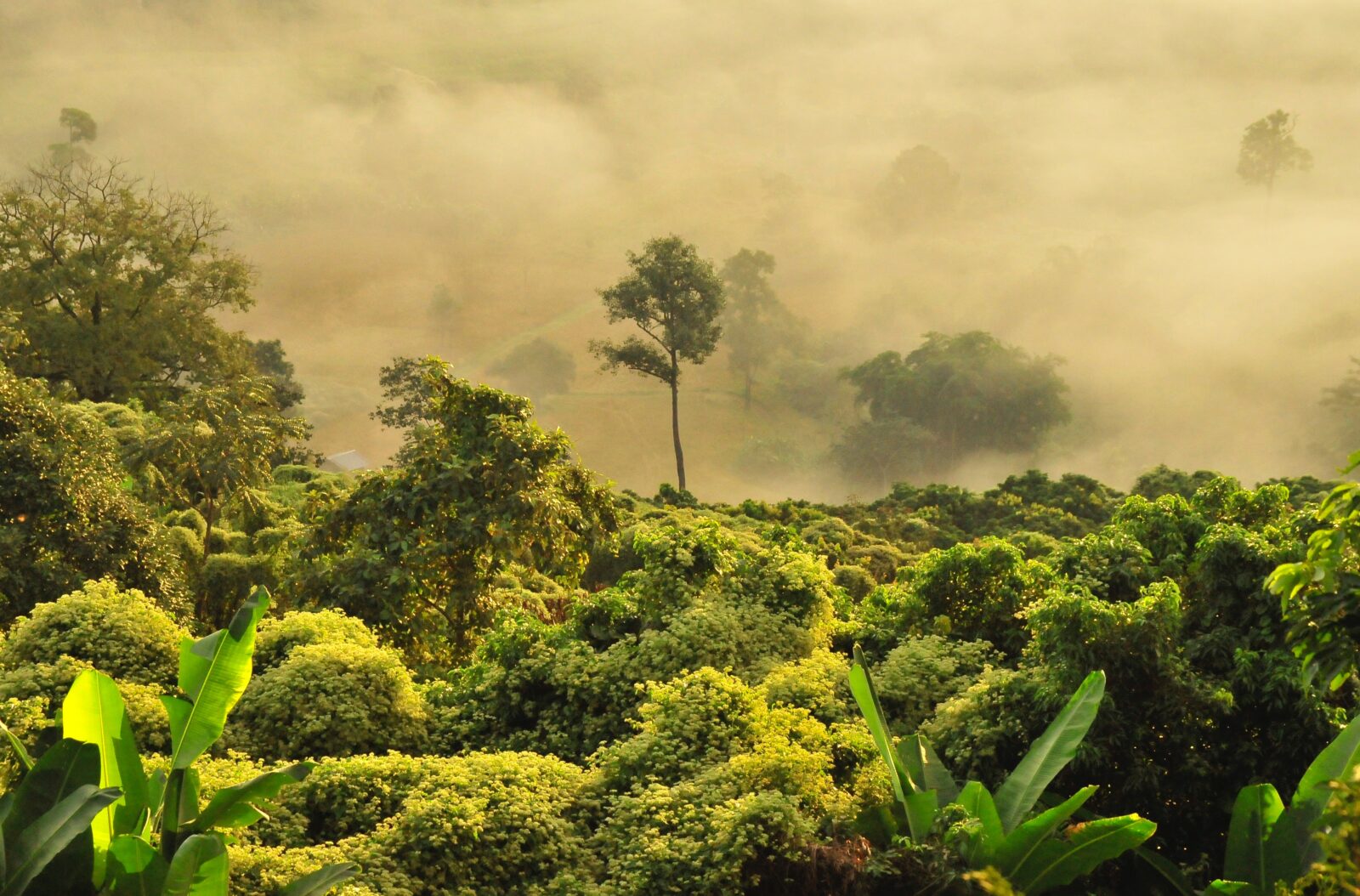Researchers from the United Kingdom, Portugal, and Brazil have collaborated on a new study that uses network theory to investigate the impact that insular habitat fragmentation has on the biodiversity of tropical forests. In this method, individual habitat patches and species are seen as interconnected units at the whole-landscape scale, which results in the formation of a species-habitat network.
The authors conducted research on 23 habitat patches that were produced as a result of the Balbina Hydroelectric Reservoir, which is one of the largest reservoirs in South America. These habitat patches included forest islands and three continuous forest sites. The 608 species that were studied were divided among eight different biological categories: mid-sized to big animals, tiny non-flying mammals, understorey birds, reptiles, frogs, dung beetles, and orchid bees. Trees rounded out the list.
What did the study find?
The study found that a substantial number of species were going extinct, particularly species with huge bodies; however, the rate of extinction differed for different categories of plants, vertebrates, and invertebrates. The number of species that persisted on an island was directly proportional to its size; yet, just a few islands held the greatest diversity.
Large swaths of tropical forests are becoming increasingly rare as the forests are cut up and partitioned off into smaller and smaller habitat regions. The destruction of bigger forest sites will have the greatest impact, and it is quite likely that this will result in the extinction of species that are unique to a particular site or that have spatial requirements that are more extensive.
On the other hand, because small forest patches are home to a proportionally greater number of species than a single or a few larger patches of the same total area, it is anticipated that the loss of smaller sites will also result in the extinction of secondary species.The ingenuity of this research lies in the fact that it combines complex network and statistical analysis with the natural history of exceptional species inventories obtained from an incredible tropical living lab. This results in a work that is both beautiful and insightful.
Because of the damming of the Uatum River, which occurred over thirty-five years ago, more than three thousand islands were formed. By analyzing these islands, we were able to comprehend how such a complicated and diverse human-altered landscape operates.












Leave a Reply